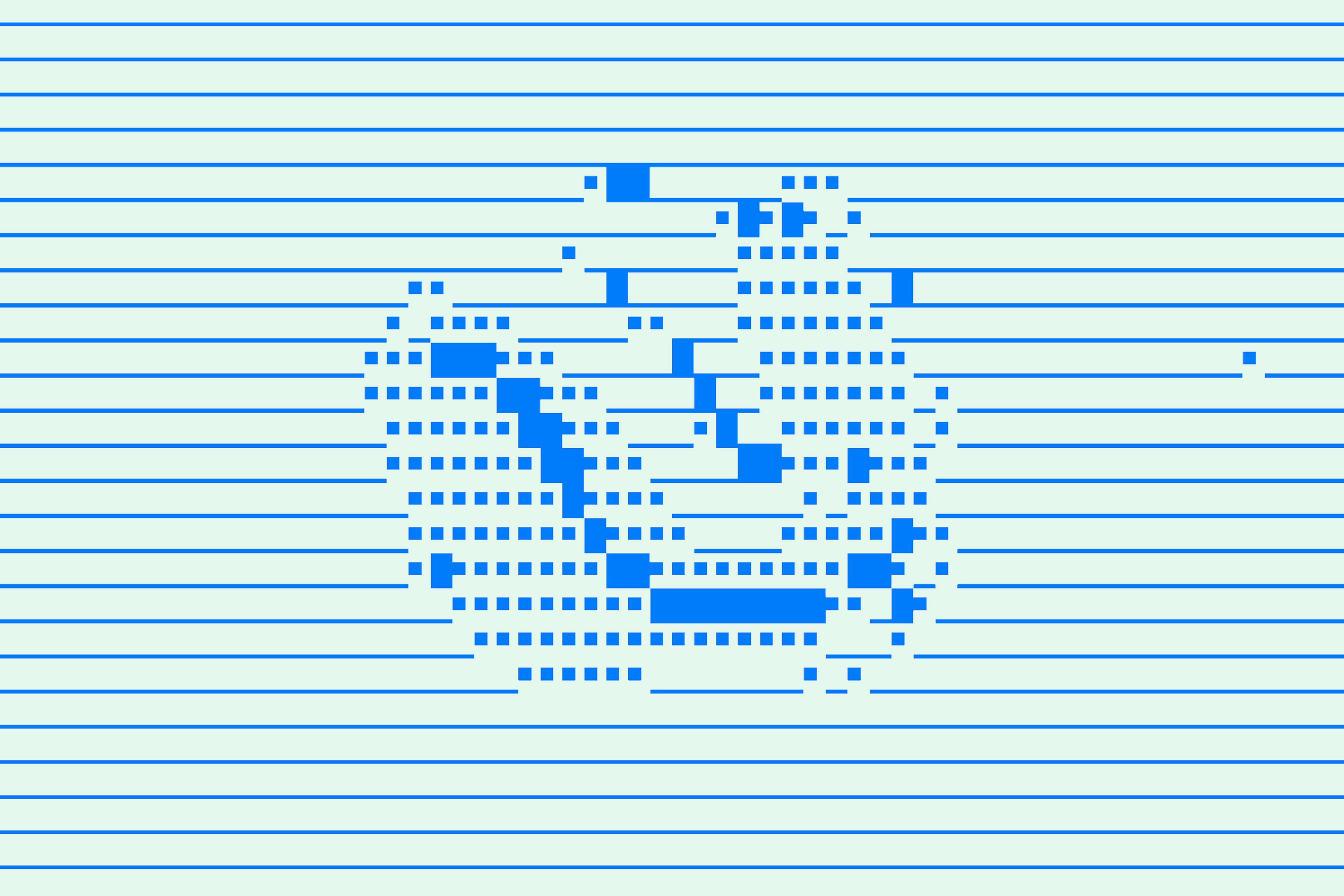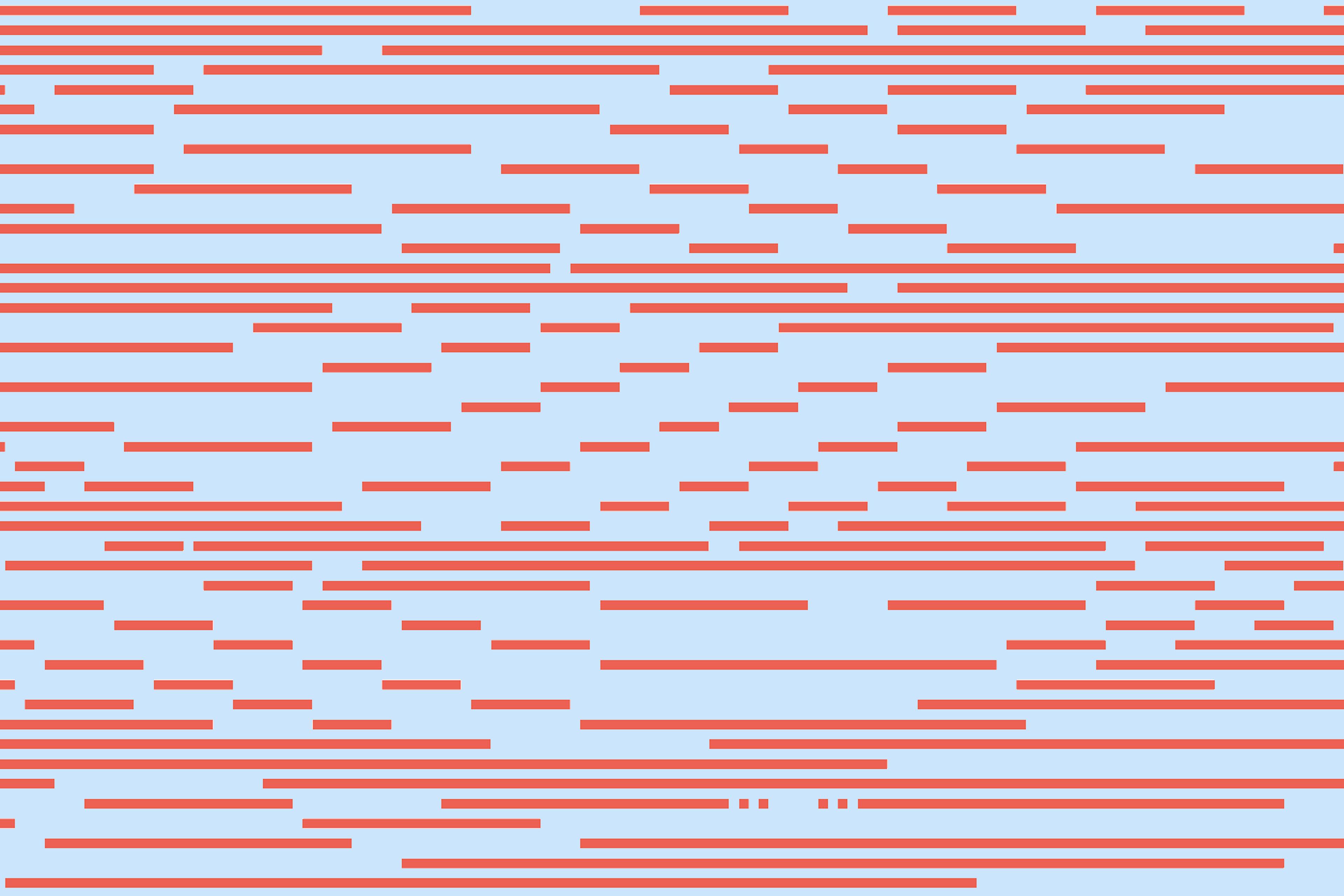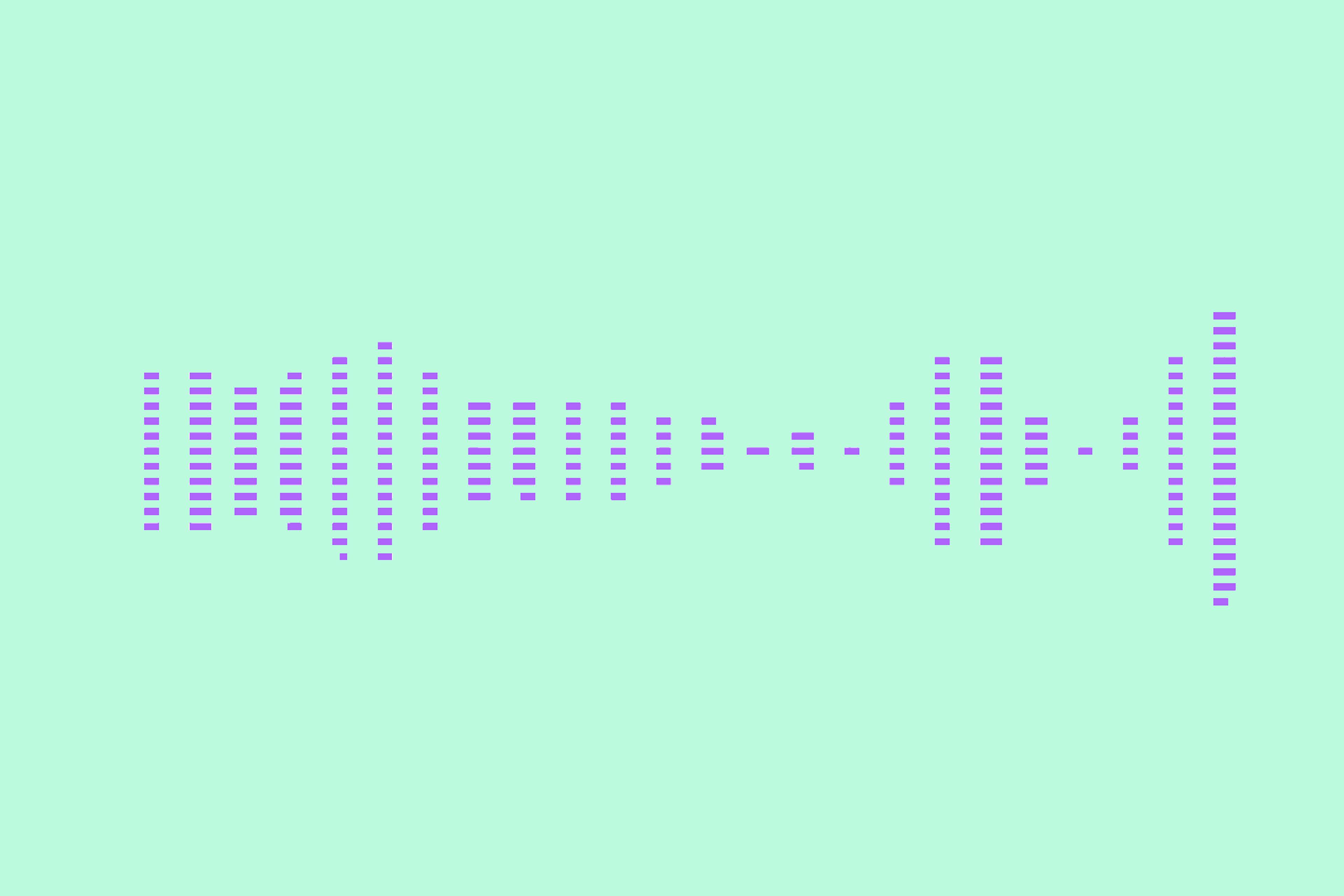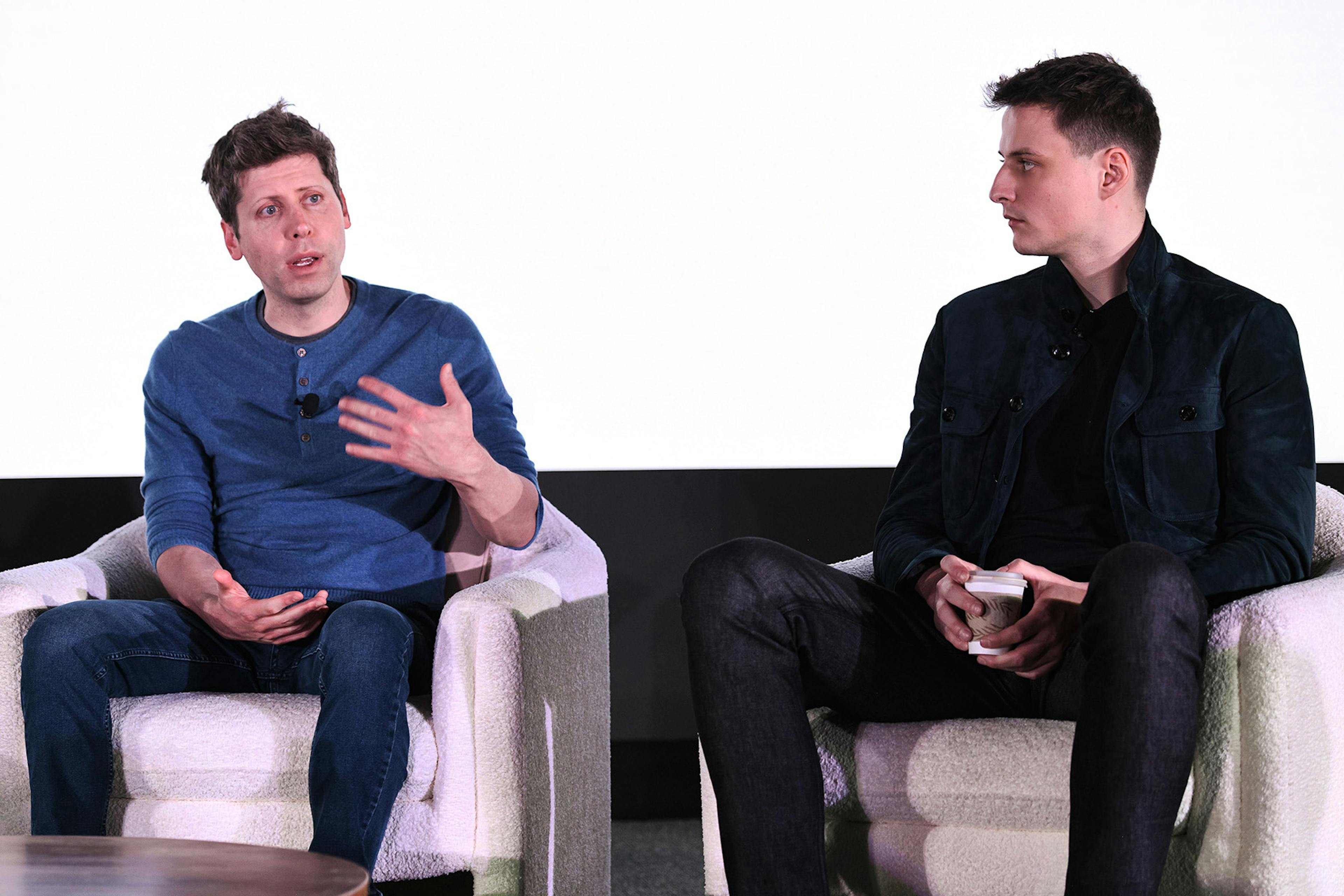
2024 was a landmark year for World Network, which has grown to over 20 million participants including [millions of] verified humans.
As AI continues to advance, the ability to prove humanness online is only becoming more important. Here are the four key moments that have paved the way for World ID and the global World community to continue to scale in 2025 and beyond.
A New World event
In October of 2024, co-creators Alex Blania and Sam Altman took the stage in San Francisco to unveil the network’s latest advancements and updates.
Included in this New World event, among other developments, was the unveiling of the latest generation Nvidia-powered Orb and new ways to verify, the release of World App 3.0 featuring Mini Apps, the announcement of an even more dynamic World ID 3.0 featuring Credentials and the project rebrand from Worldcoin to World.
The event was watched by hundreds of thousands of viewers online in addition to bringing together developers, technologists and others from around the world in person in San Francisco.
TL;DR: A New World was the network’s biggest event of the year, centered around technology and community. Rewatch the keynote highlights below.
Anonymization breakthrough
In the spring of 2024, World announced the launch of SMPC, or secure multi-party computation.
This breakthrough in applied cryptography enabled perfect secrecy of personal information and the deletion of old iris codes, meaning that all information used to verify a person’s World ID is not only encrypted but split into multiple secret fragments and distributed to multiple trusted parties.
Five months later, World announced the next version of its MPC setup known as anonymized multi-party computation, or AMPC. This newest iteration, which will be complete by January 2025, goes a step further by removing World Foundation or any affiliated organization from accessing the encrypted secret fragments and making it effectively impossible to link anonymized data back to an individual.
TL;DR: Using advanced cryptography, World set a new standard for security, anonymization and digital privacy in 2024.
World Chain launch
In April, World Foundation announced that, due to the rapid growth and popularity of the network, World would be launching its own L2 blockchain known as World Chain.
World Chain was designed to significantly increase capacity at scale and enable faster, cheaper and more reliable transactions. At the time of its initial announcement, World App user transactions represented more than 80% of OP Mainnet activity during periods of high usage.
In October, World Chain officially launched as the human-first blockchain. Along with it came the breakthrough announcement of priority blockspace for humans, or PBH, which puts the community first by letting verified World ID holders execute transactions with top-of-block priority for a more frictionless experience. This enables, among other things, a free gas allowance for humans. As World Foundation advisor Liam Horne puts it: “We’re going to take from the bots, and we’re going to give to the humans.”
World Chain also gives developers the chance to build applications designed for real humans, leveraging World ID and the World Wallet to easily add digital identity and finance layers to their projects.
TL;DR: World Chain, the human-first blockchain, launched in 2024 featuring new technologies and a free gas allowance for humans.
Global growth
World Network closes 2024 with over 20 million people using World App and nearly 10 million verified World ID holders.
This significant global growth was made possible thanks to new World ID verification launches in countries like Austria, Brazil, Colombia, Malaysia, Poland and many others. On top of this, the World ID Passport Credential pilot, with access to additional WLD tokens*, made the network even more accessible to hundreds of millions of additional people.
The launch of Mini Apps in October also highlighted not only the versatile utility of World ID but the scale of World Network. As of mid December, there were nearly 5 million daily opens of Mini Apps with more than 8 million daily impressions. This scale of and engagement from a verified human audience has led to a virtuous cycle of more developers building Mini Apps and more people using them.
TL;DR: World Network saw tremendous growth in 2024 thanks to new global launches, new ways to access the network and more useful World ID applications.
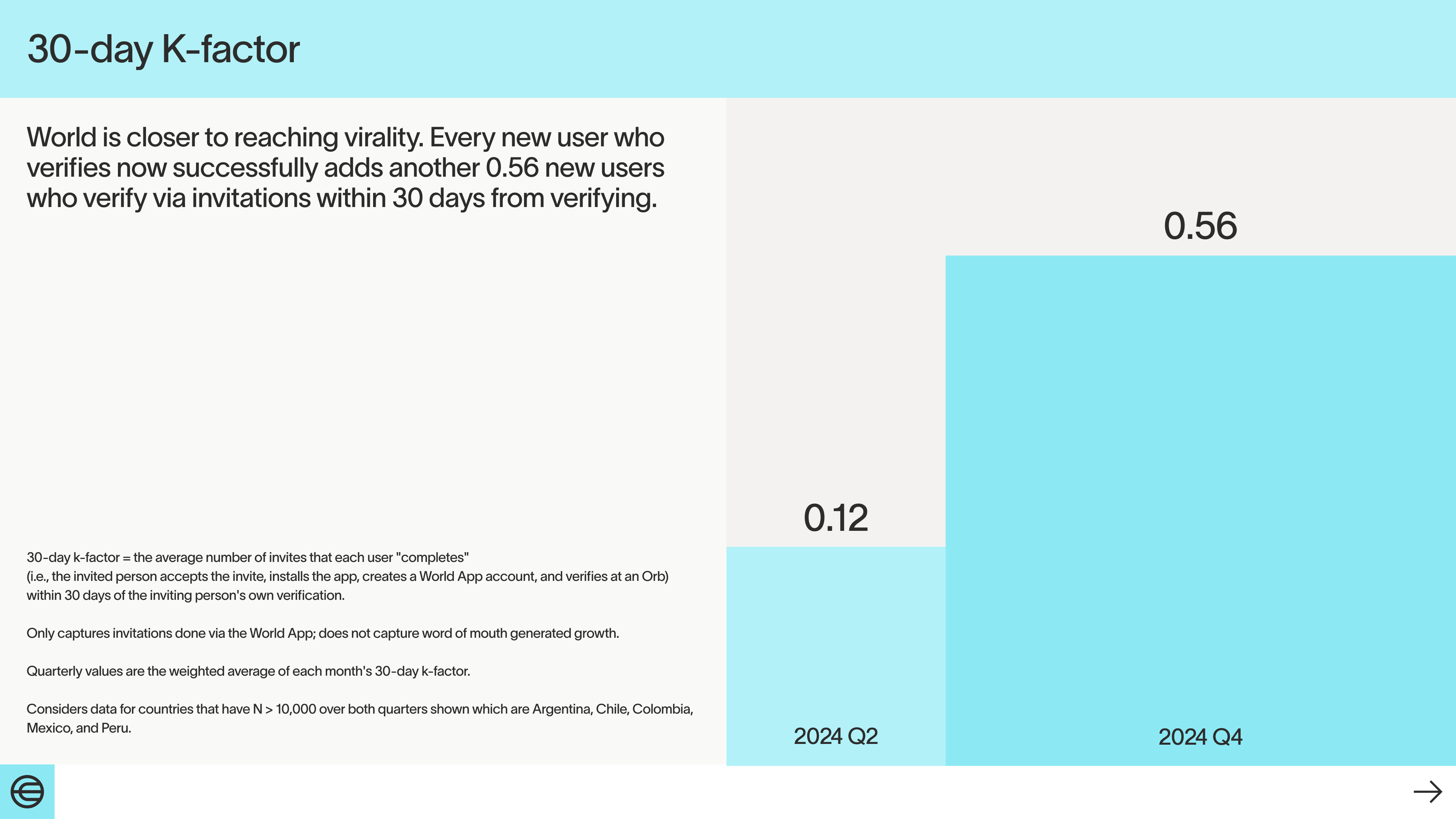

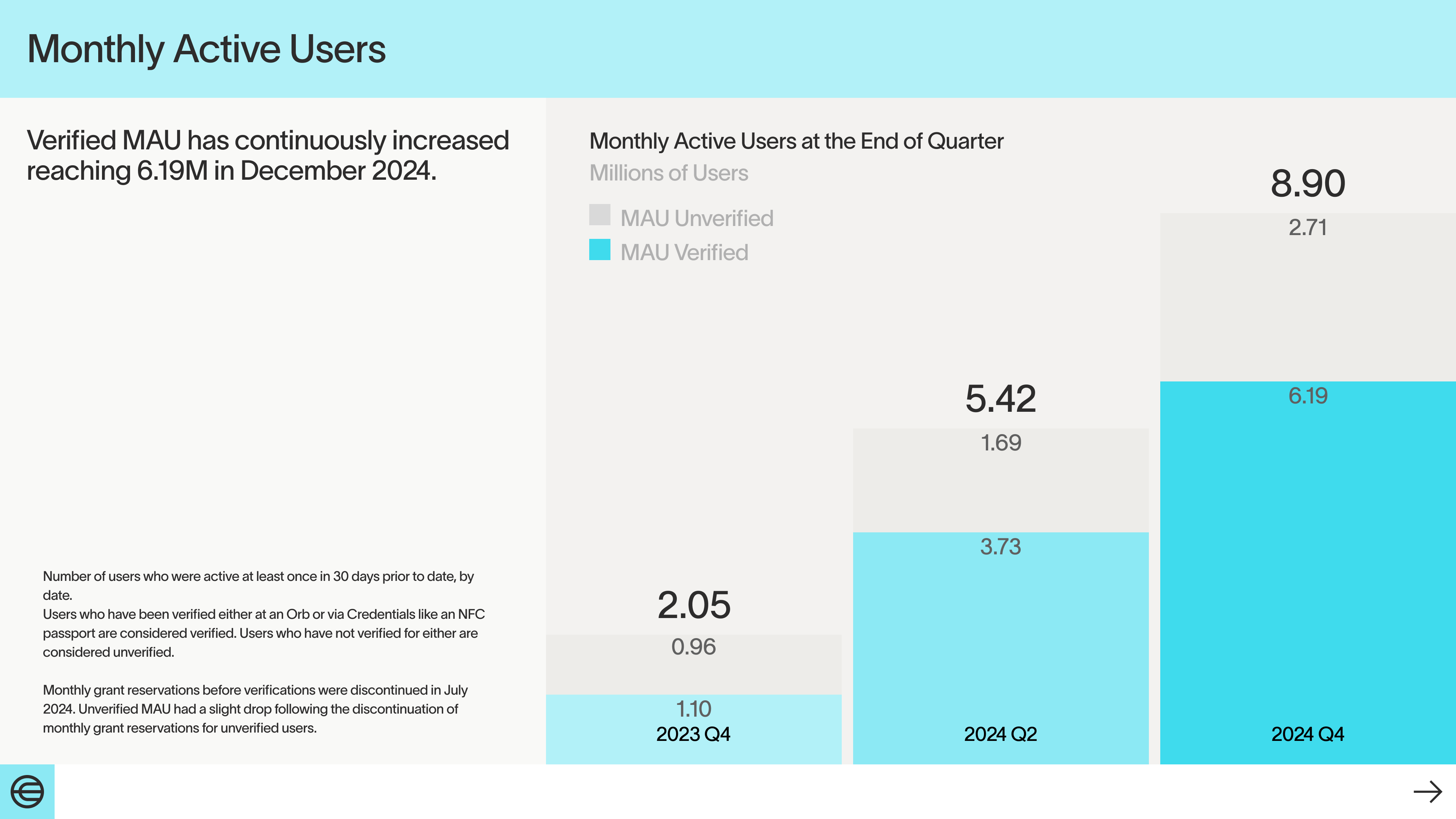
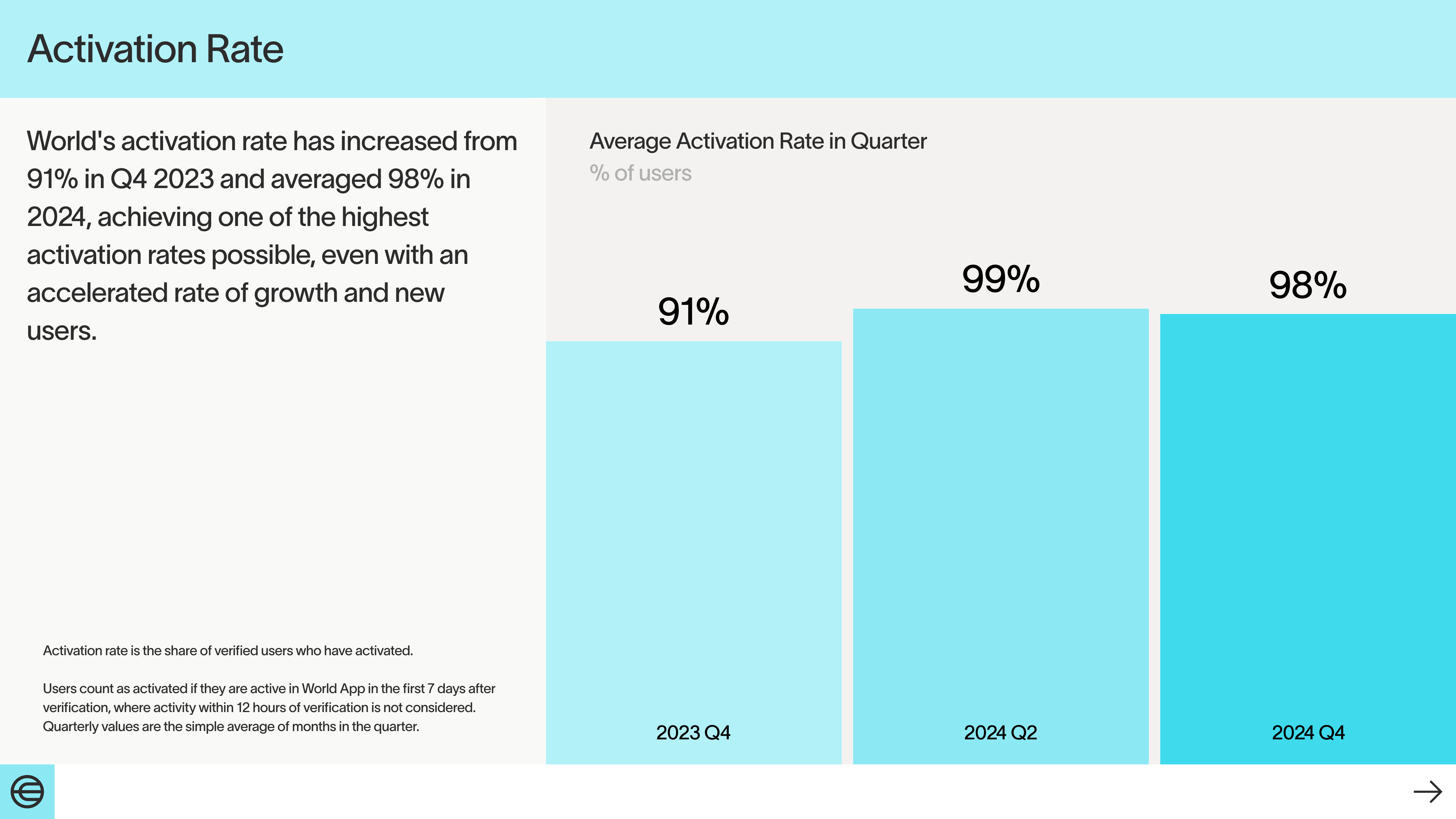
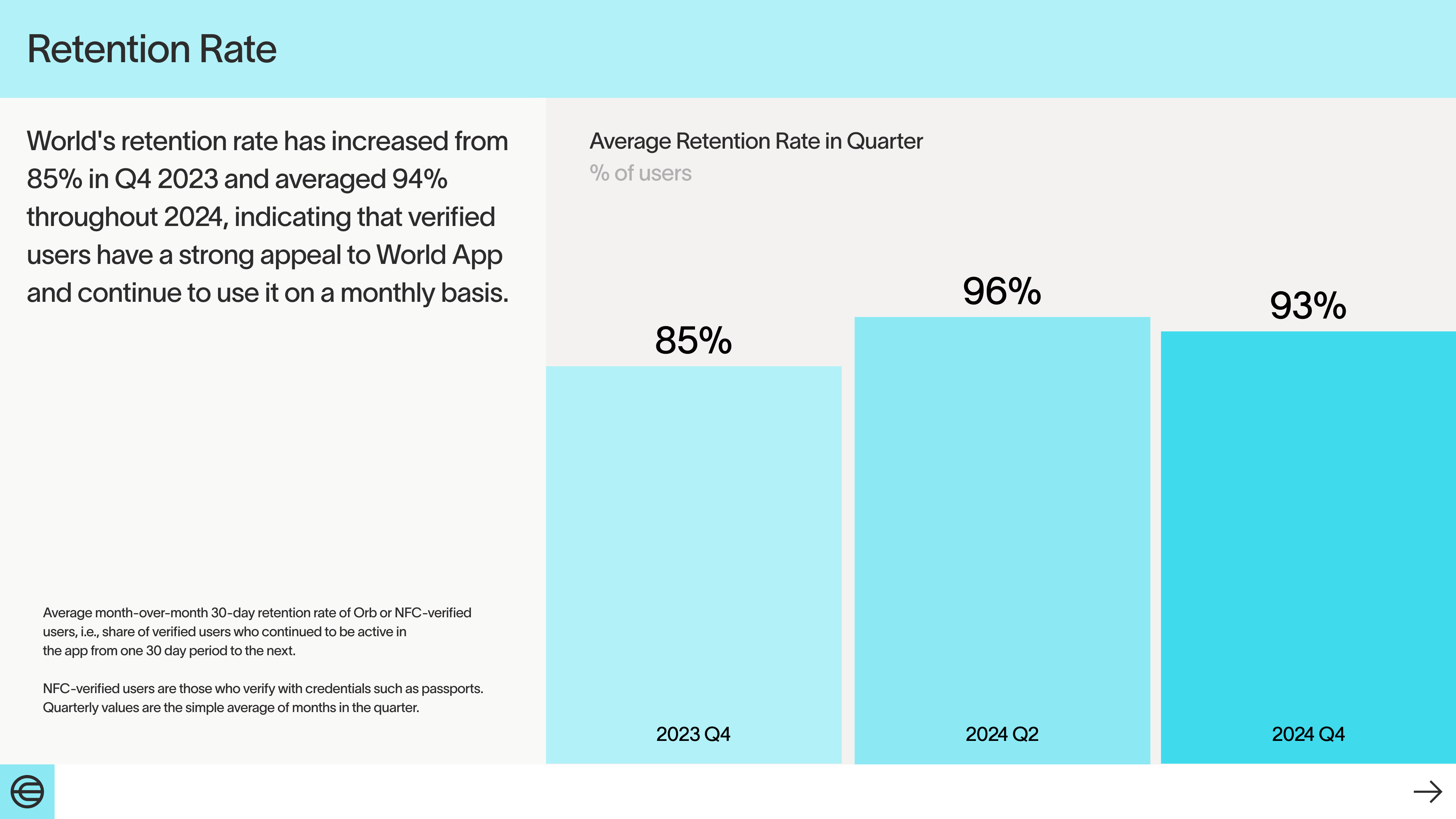
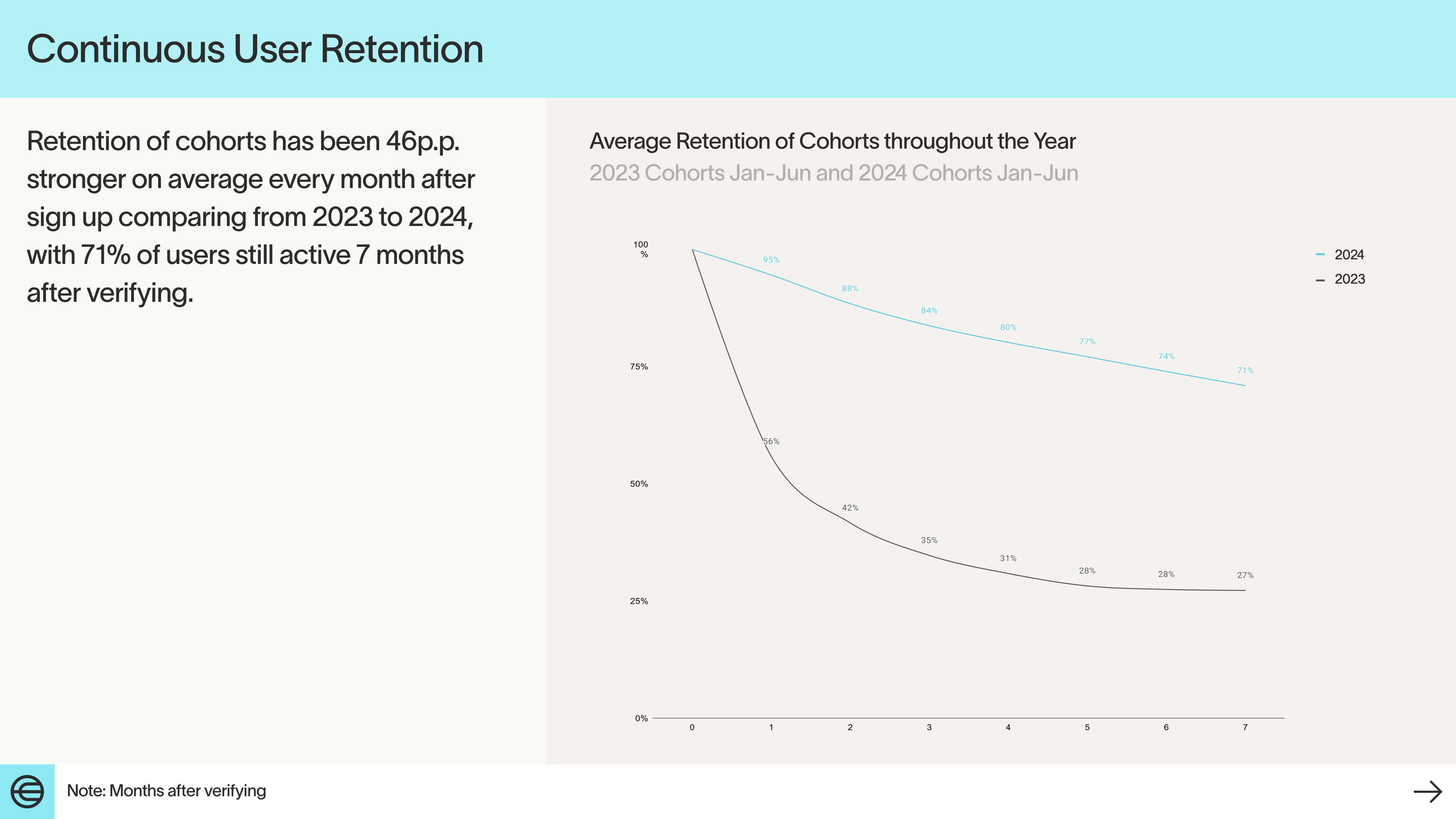
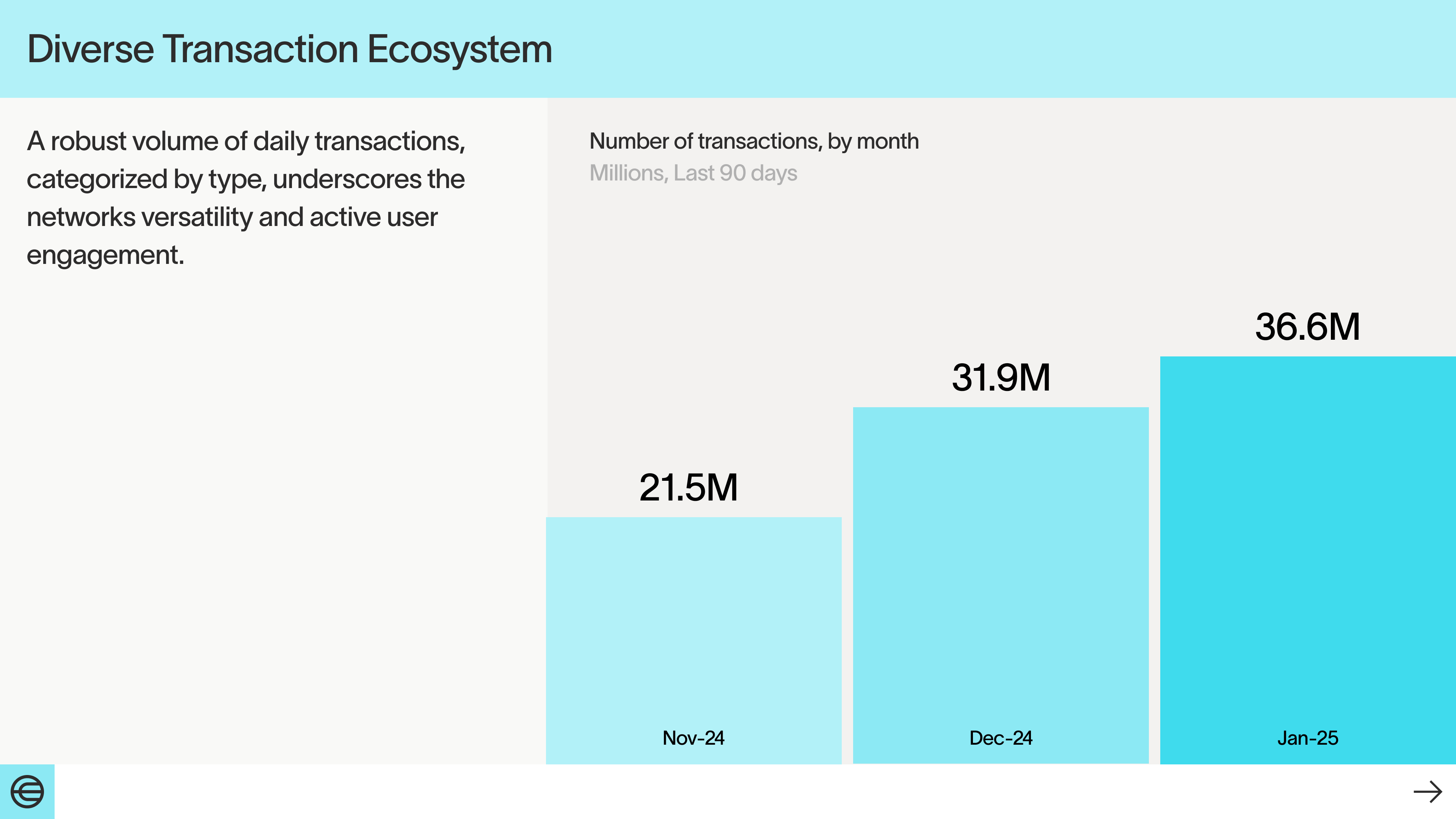
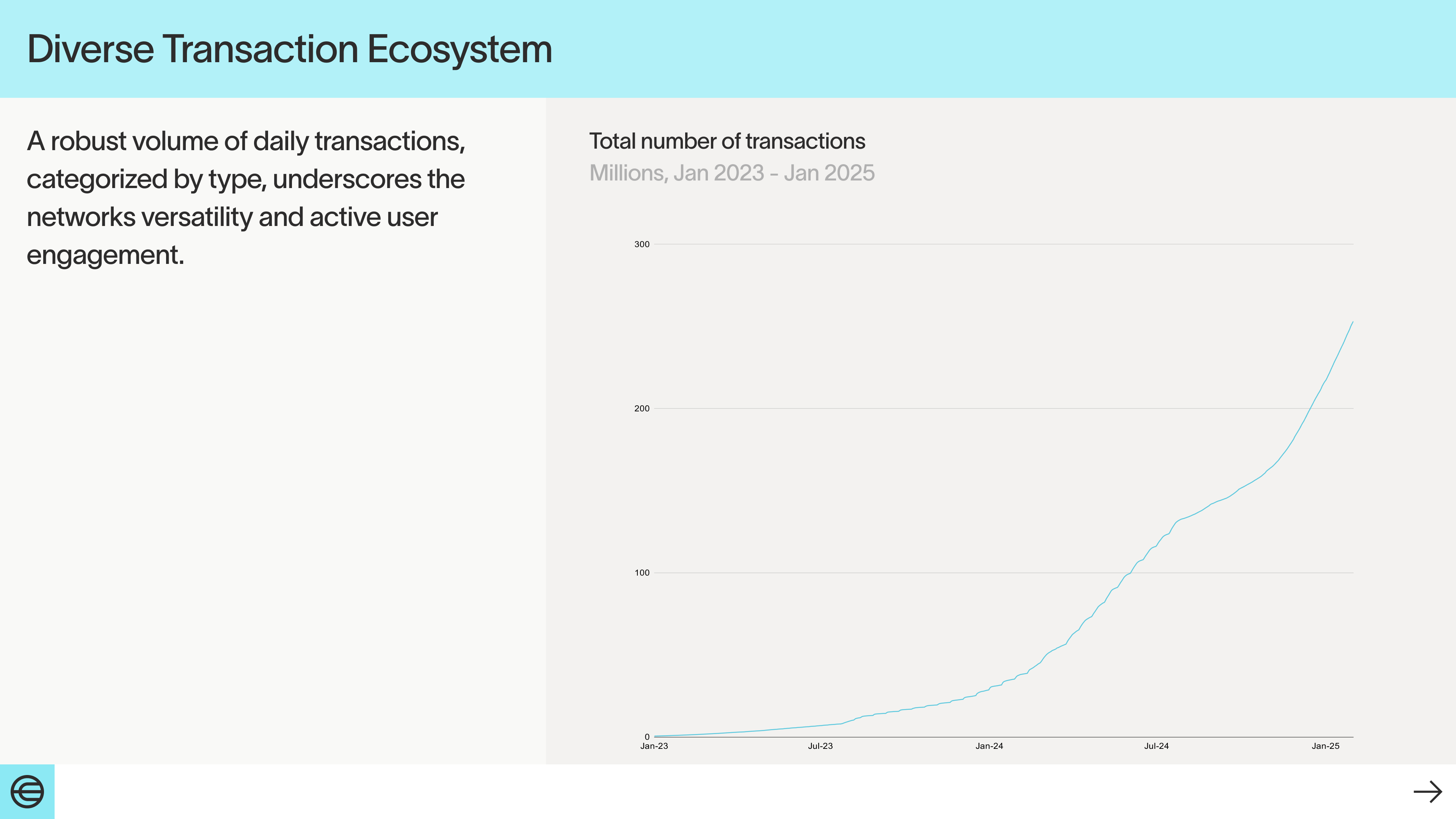
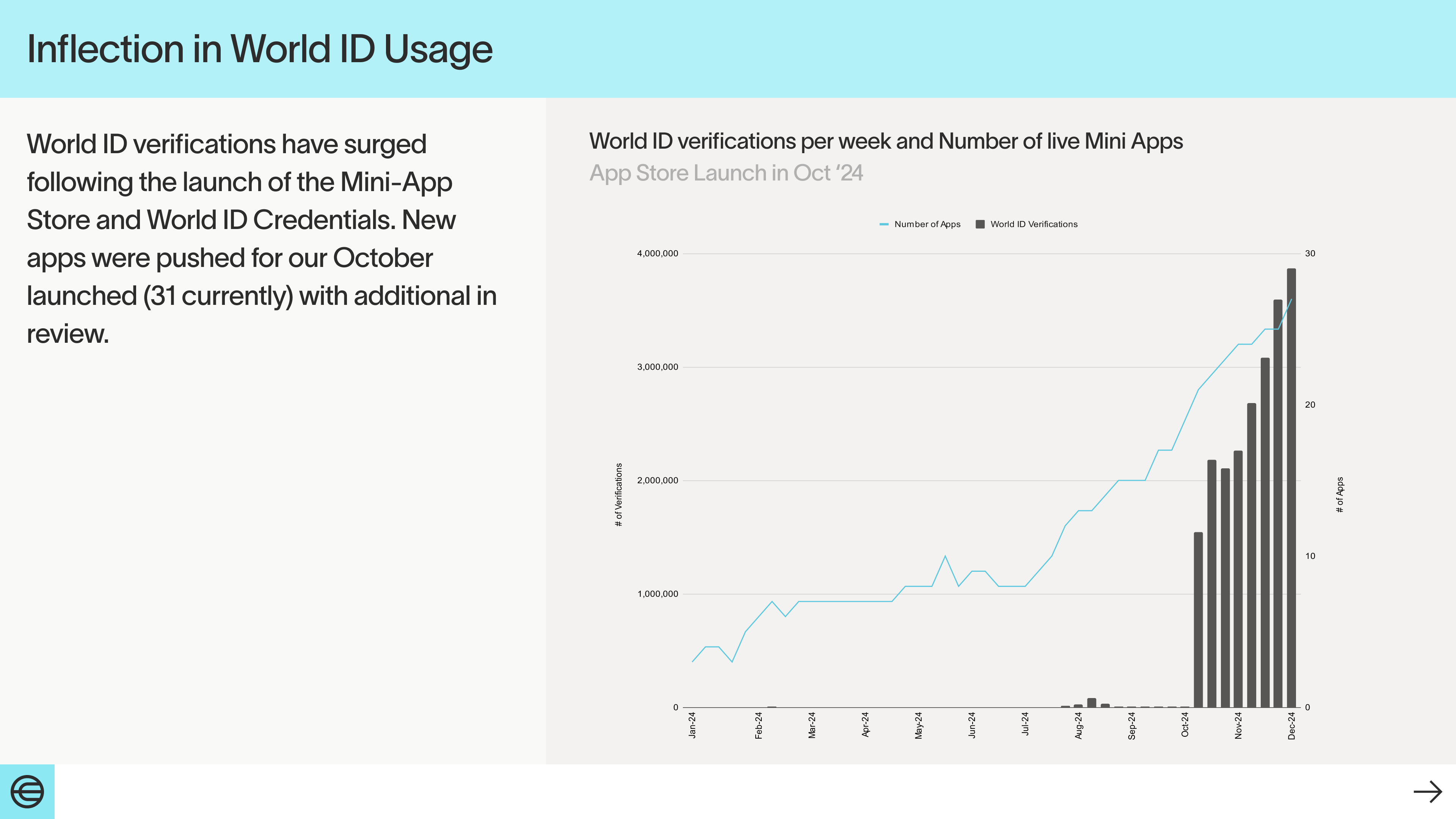
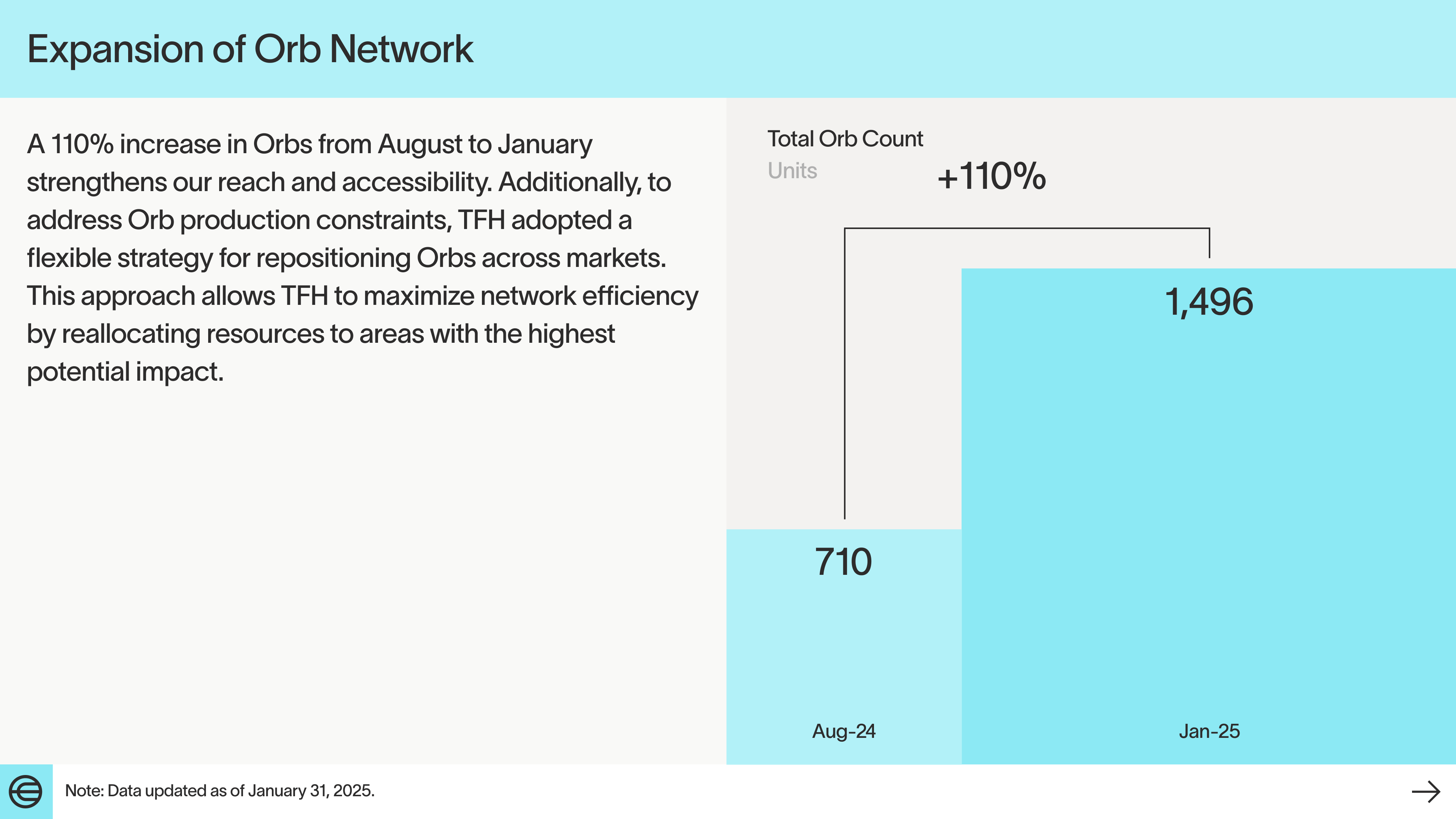
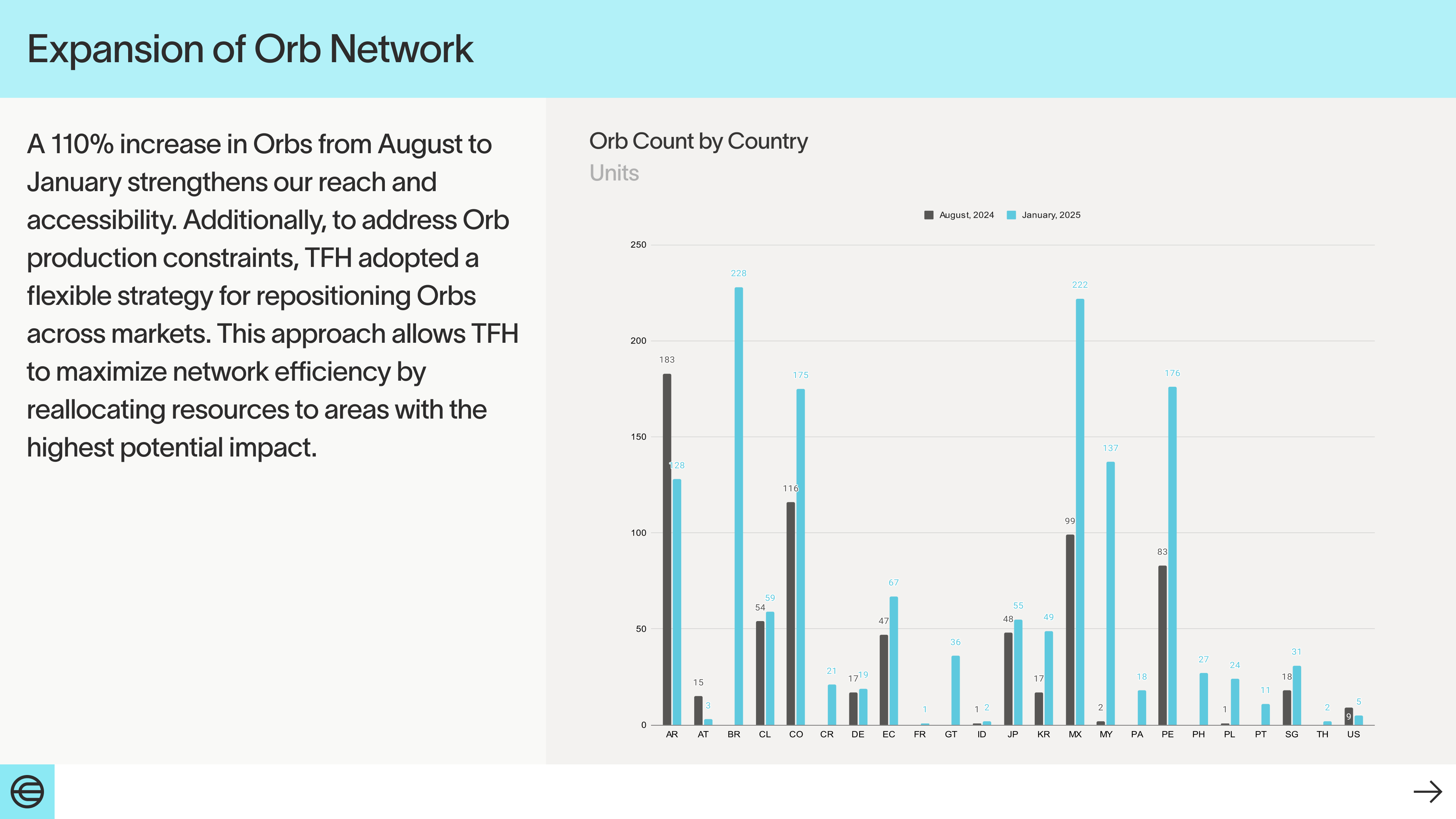
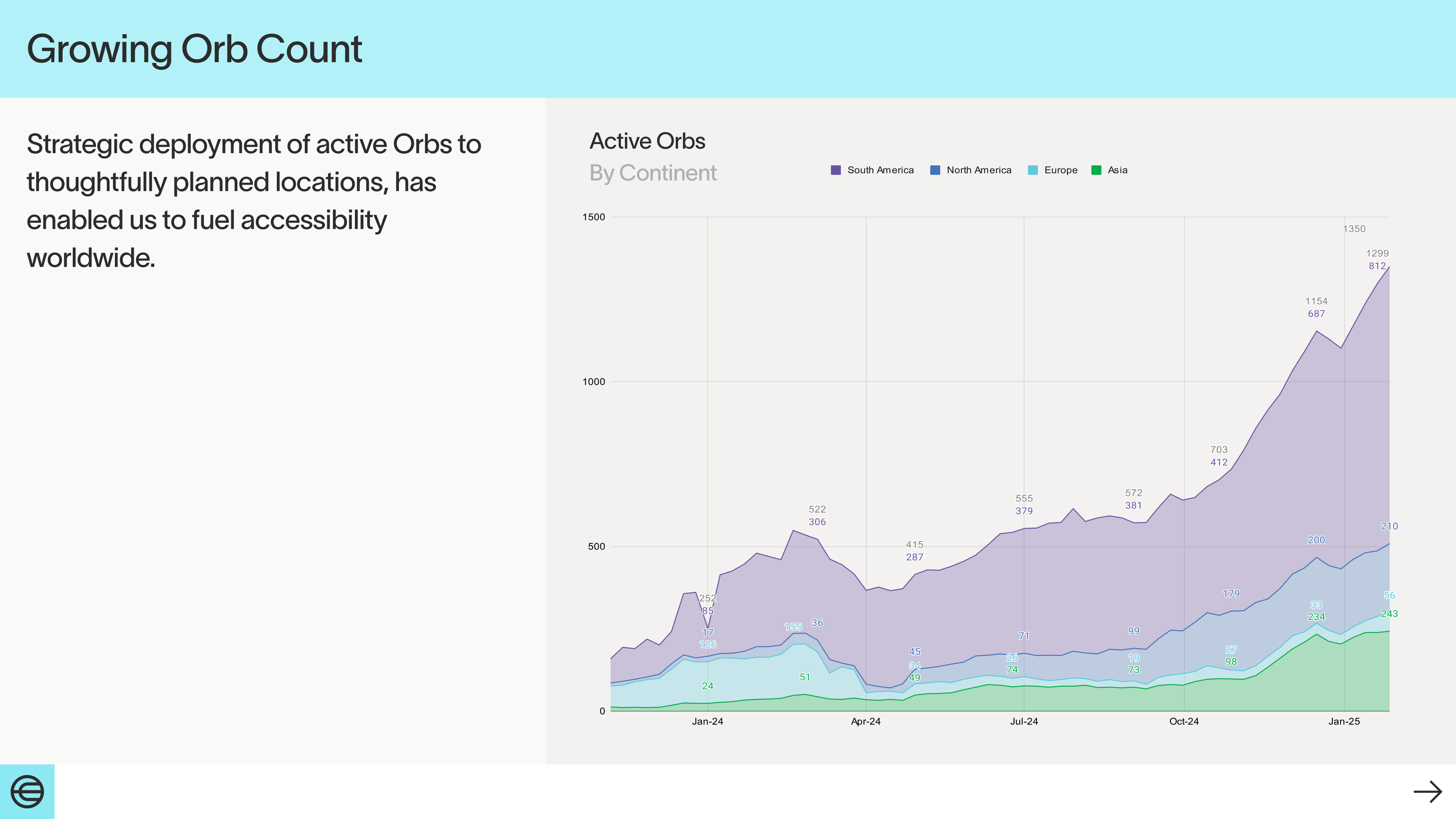
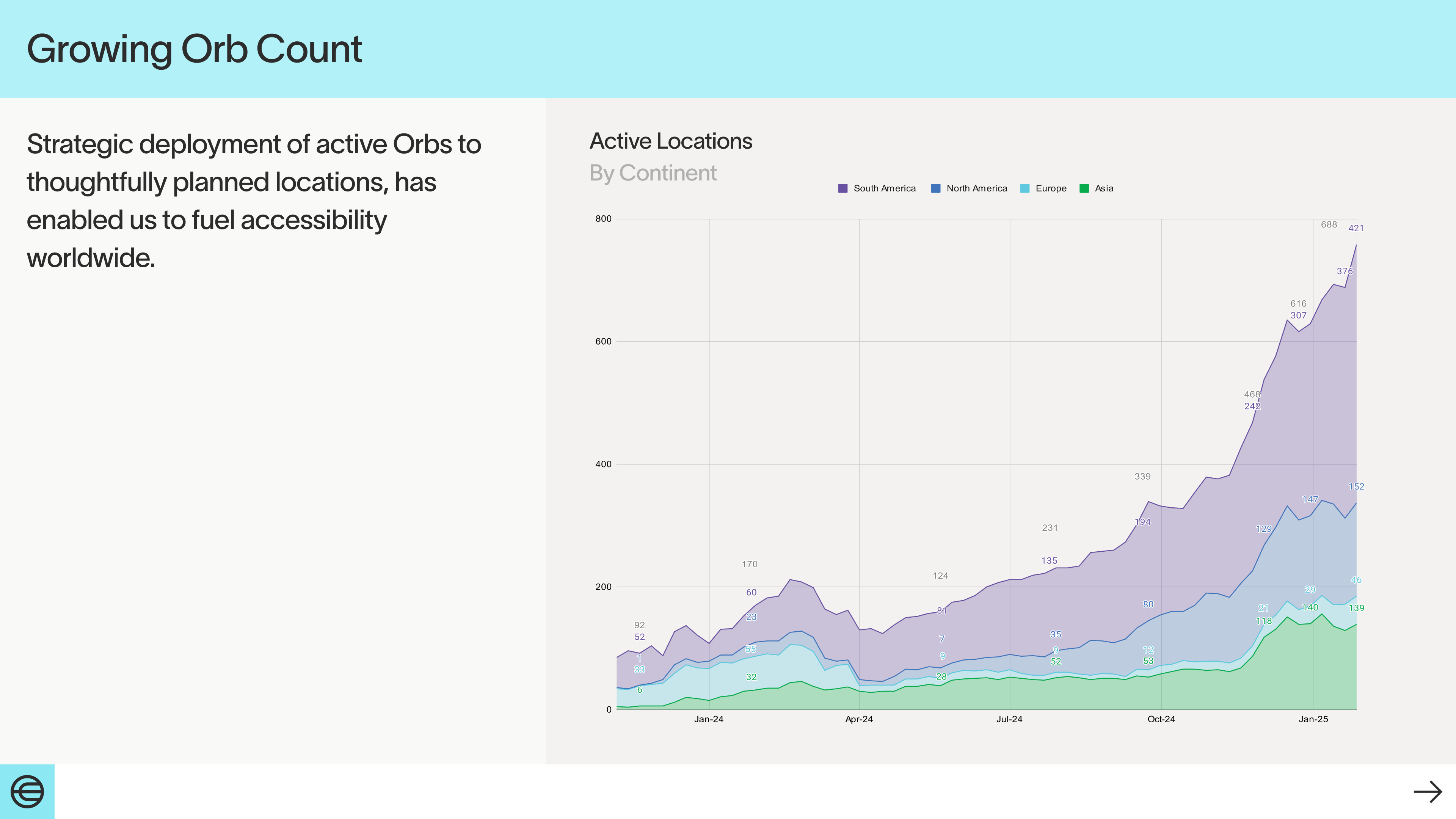
Learn more
To be the first to hear about what World Network is doing in 2025, visit the World website or join the daily conversations on Twitter/X, WhatsApp, Discord, YouTube, Telegram and LinkedIn. You can also sign up for the blog newsletter at the bottom of this page.
Additional important information concerning privacy and anonymization is available in the World protocol whitepaper and in World’s privacy by design whitepaper.
Disclaimer
*Eligibility for Worldcoin (WLD) tokens is restricted based on geography, age, and other factors. WLD are not available to, or intended for, people, companies or organizations who are residents of, or are located or incorporated in the United States or certain other restricted territories (or have beneficial ownership in the United States or such other restricted territories). However, World ID and TFH’s World App remain available in the United States. For details, see the Worldcoin Foundation’s User Terms and Conditions. Crypto products can be highly risky. Important User Information can also be found at www.worldcoin.org/risks.
The above content speaks only as of the date indicated. Further, it is subject to risks, uncertainties and assumptions, and so may be incorrect and may change without notice. A full disclaimer can be found in our Terms of Use and Important User Information can be found on our Risks page.
